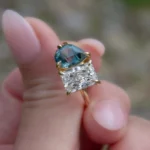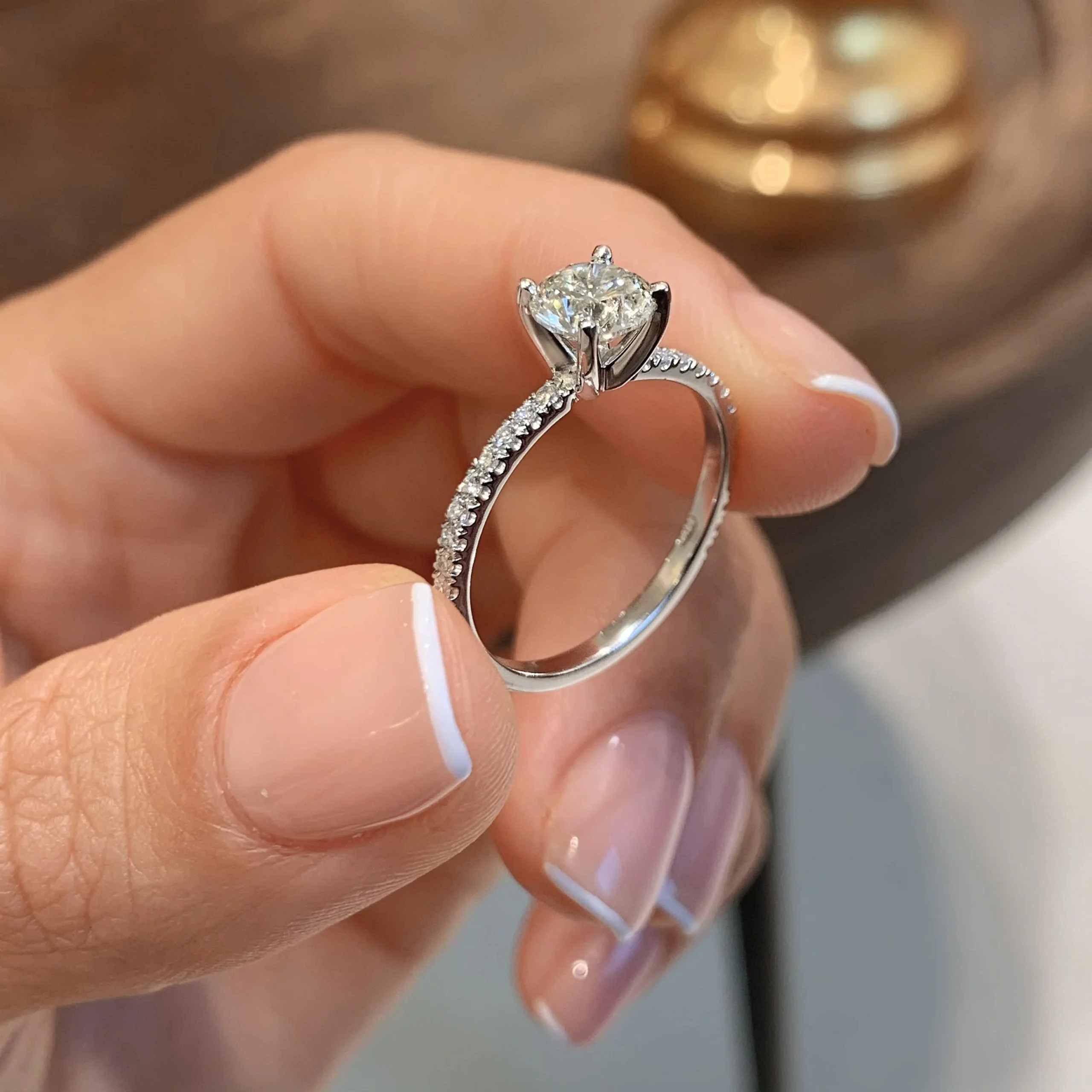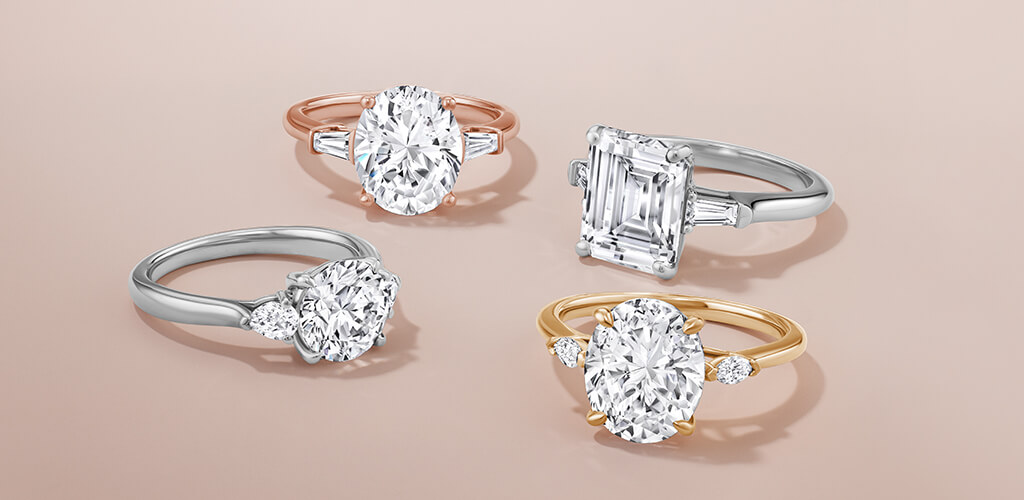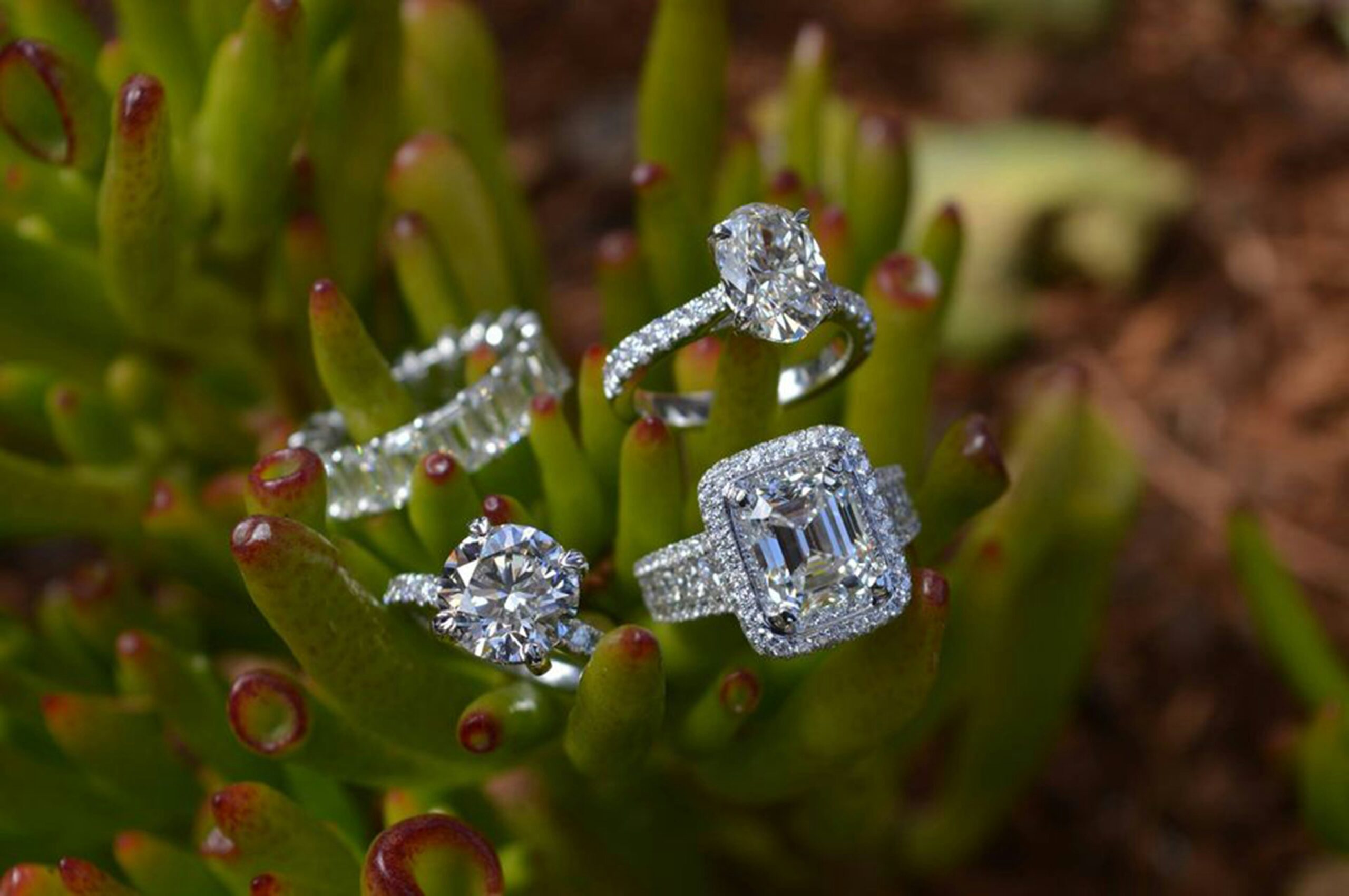Introduction
Diamonds have long represented timeless love, power, and prestige. Yet, the jewelry industry is witnessing a revolution unlike any other—the rise of lab-grown diamonds. Once a niche innovation, these ethically crafted gems are now redefining what luxury means across the globe, especially in India and the United States. Consumers are becoming more conscious about sustainability, transparency, and affordability, propelling the growth of this futuristic segment.
In both countries, technological advancements, shifting values, and changing consumer behavior are shaping a future where lab-grown diamonds are not merely an alternative—they are becoming the standard of modern luxury.
Understanding Lab-Grown Diamonds
Lab-grown diamonds are real diamonds—chemically, physically, and optically identical to mined diamonds. The only difference lies in their origin. Instead of forming beneath the Earth over billions of years, lab-grown diamonds are created in laboratories using advanced scientific methods that replicate natural diamond-forming conditions.
There are two primary methods of production:
- HPHT (High Pressure High Temperature)
This process mimics the extreme pressure and heat conditions found deep within the Earth. Carbon is subjected to high temperature and pressure to crystallize into diamond. - CVD (Chemical Vapor Deposition)
This modern process grows diamond crystals layer by layer in a vacuum chamber using carbon-rich gases.
The result? A diamond indistinguishable from mined ones—brilliant, durable, and certified by major gemological labs such as GIA, IGI, and GCAL.
India: From Diamond Polisher to Lab-Grown Pioneer
India has long been the beating heart of the global diamond trade, with Surat processing nearly 90% of the world’s natural diamonds. But now, it is rapidly emerging as a powerhouse for lab-grown diamond production.
1. Technological Leap
Surat is home to thousands of HPHT and CVD reactors that produce high-quality diamonds for both domestic and international markets. India’s established diamond infrastructure—skilled labor, cutting expertise, and supply chain networks—gives it a natural edge.
2. Government Support
Recognizing the industry’s potential, the Indian government has introduced policies and incentives for lab-grown diamond R&D. In 2023, it even removed customs duties on lab-grown diamond seeds, signaling strong support for this eco-friendly industry.
3. Economic and Export Growth
India’s lab-grown diamond exports are projected to cross $8 billion by 2032, making it one of the fastest-growing segments in the jewelry industry. Local brands like Limelight Diamonds, Greenlab, and Divine Solitaires are pioneering the domestic market, offering consumers high-quality lab-grown jewelry at competitive prices.
4. Changing Indian Consumer Mindset
A decade ago, Indian buyers were skeptical about lab-grown gems. Today, awareness is spreading rapidly—thanks to affordability, ethical sourcing, and younger buyers valuing sustainability over status. Engagement rings, bridal jewelry, and everyday wear pieces featuring lab-grown diamonds are gaining immense popularity.
USA: Redefining Modern Luxury
The United States remains the world’s largest jewelry market, and lab-grown diamonds are taking it by storm. Over the past five years, U.S. consumers have increasingly shifted towards sustainable and ethically produced diamonds.
1. Driven by Conscious Consumers
Millennials and Gen Z, who together dominate jewelry purchases, are redefining what luxury means. To them, value lies not only in beauty and rarity but in ethics, transparency, and environmental responsibility.
Lab-grown diamonds perfectly align with these principles—conflict-free, eco-conscious, and more affordable.
2. Mainstream Retail Adoption
Top American jewelers like Signet Jewelers (Zales, Kay, Jared), Brilliant Earth, and Blue Nile now dedicate major sections to lab-grown collections. Engagement rings, fashion jewelry, and even red-carpet pieces increasingly feature man-made diamonds.
3. Economic Accessibility
Lab-grown diamonds in the U.S. are typically 40–70% less expensive than their mined counterparts, making them accessible to a wider demographic. Consumers can choose larger carat sizes or higher clarity grades without exceeding their budgets.
4. Sustainability as a Selling Point
With heightened awareness of climate change and ethical sourcing, U.S. buyers appreciate that lab-grown diamonds eliminate issues like unethical mining, carbon emissions, and worker exploitation.
Why Lab-Grown Diamonds Are the Future
1. Affordability Meets Luxury
One of the biggest factors driving adoption is cost efficiency. Lab-grown diamonds are produced in controlled environments, avoiding the immense costs of mining, logistics, and import duties. This allows jewelry lovers to own larger, higher-quality stones at lower prices.
For instance, a 1-carat mined diamond costing ₹4,00,000 in India may have a lab-grown equivalent priced around ₹1,00,000–₹1,20,000, without compromising on brilliance or quality.
2. Ethical and Conflict-Free
Traditional diamond mining has long been criticized for its human and environmental toll—unsafe labor conditions, habitat destruction, and conflict financing. Lab-grown diamonds eliminate these concerns entirely, offering a clean, traceable, and humane alternative.
3. Environmentally Sustainable
Mining a single carat of diamond displaces hundreds of tons of earth and uses thousands of liters of water. Lab-grown processes consume significantly less energy and water, producing minimal carbon footprint—especially as labs adopt renewable power sources.
4. Technological Perfection
Because lab-grown diamonds are engineered under ideal conditions, they often show fewer impurities than mined diamonds. Manufacturers can fine-tune characteristics like color and clarity, ensuring consistent quality.
5. Expanding Creative Freedom
Designers and jewelers enjoy greater creative freedom with lab-grown stones. They can experiment with custom shapes, fancy colors, and intricate designs, knowing the raw material is affordable and ethically sourced.
6. Consistent Supply Chain
Natural diamonds are limited by geography and politics. Lab-grown diamonds, however, offer supply stability, ensuring reliable production and price consistency—vital for both retailers and consumers.
Challenges on the Horizon
Despite their numerous benefits, lab-grown diamonds face certain hurdles:
- Perception of Value: Some consumers still equate mined diamonds with exclusivity and emotional worth.
- Resale Market: Natural diamonds hold stronger resale demand, while lab-grown ones currently fetch lower resale prices.
- Price Volatility: As production scales up, prices may continue to fall, potentially affecting retailer profit margins.
- Consumer Education: Awareness campaigns are needed to help buyers understand that lab-grown diamonds are not imitations but scientifically identical to mined ones.
The Market Outlook
1. India’s Emerging Dominance
India’s combination of government support, skilled labor, and global reputation in diamond cutting positions it as the epicenter of lab-grown diamond manufacturing. The coming years will see India exporting both loose diamonds and finished jewelry to North America, Europe, and the Middle East.
2. USA’s Ethical Revolution
In the USA, lab-grown diamonds are already transforming engagement ring and fashion jewelry segments. As sustainability becomes a lifestyle choice, more consumers will gravitate towards brands promoting transparency and eco-responsibility.
3. Global Forecast
Analysts predict the lab-grown diamond market will reach $70+ billion by 2032, accounting for a major share of the global jewelry industry. As consumer perception evolves, natural and lab-grown diamonds will coexist, each catering to distinct emotional and financial preferences.
Conclusion
Lab-grown diamonds are not a fleeting trend—they are the inevitable future of jewelry. They represent everything the modern consumer desires: authenticity, ethics, beauty, and affordability. India’s rapid industrialization and the USA’s cultural shift toward sustainable luxury are together fueling this transformation.
For jewelers, the message is clear—adapt or be left behind. For consumers, lab-grown diamonds offer the freedom to express love and individuality without compromise. They embody the idea that luxury should not come at the cost of conscience.
As science meets art and ethics meet elegance, lab-grown diamonds will continue to illuminate the path forward. The sparkle of tomorrow is not mined—it’s made.




